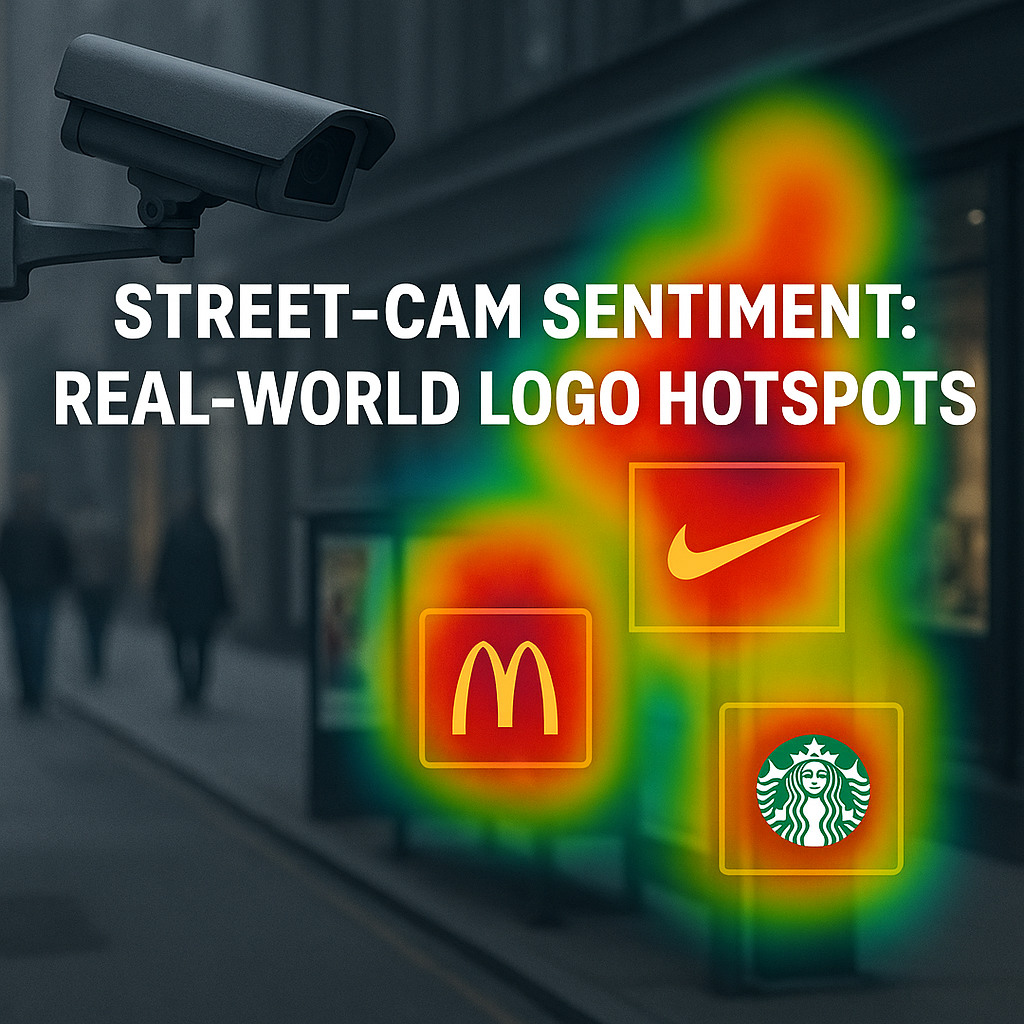
Street-Cam Sentiment: Real-World Logo Hotspots
As urban landscapes become saturated with brand messages, a new wave of AI-powered analytics is transforming city cameras into real-time barometers of logo visibility and competitive presence. Modern computer vision now enables marketers and executives to map exactly where — and how often — their brands or rivals appear on bus stops, murals, and storefronts across the city. These actionable heatmaps empower data-driven decisions in out-of-home media buying, neighborhood activations, and strategic resource allocation. Discover how street-level video intelligence is turning every sidewalk sighting into a C-suite advantage in the next era of location-based marketing.

Smart Traffic Lights: Object Detection for Flow
Smart traffic lights are revolutionizing urban mobility by using real-time object detection to classify cars, bikes and pedestrians in milliseconds. By feeding live camera feeds into an AI controller — powered by a cloud-based Object Detection API — cities can dynamically adjust signal timing, cutting vehicle idle time by up to 30 %. The result? Smoother commutes, lower emissions and safer crossings — all without tearing up asphalt for traditional inductive loops.
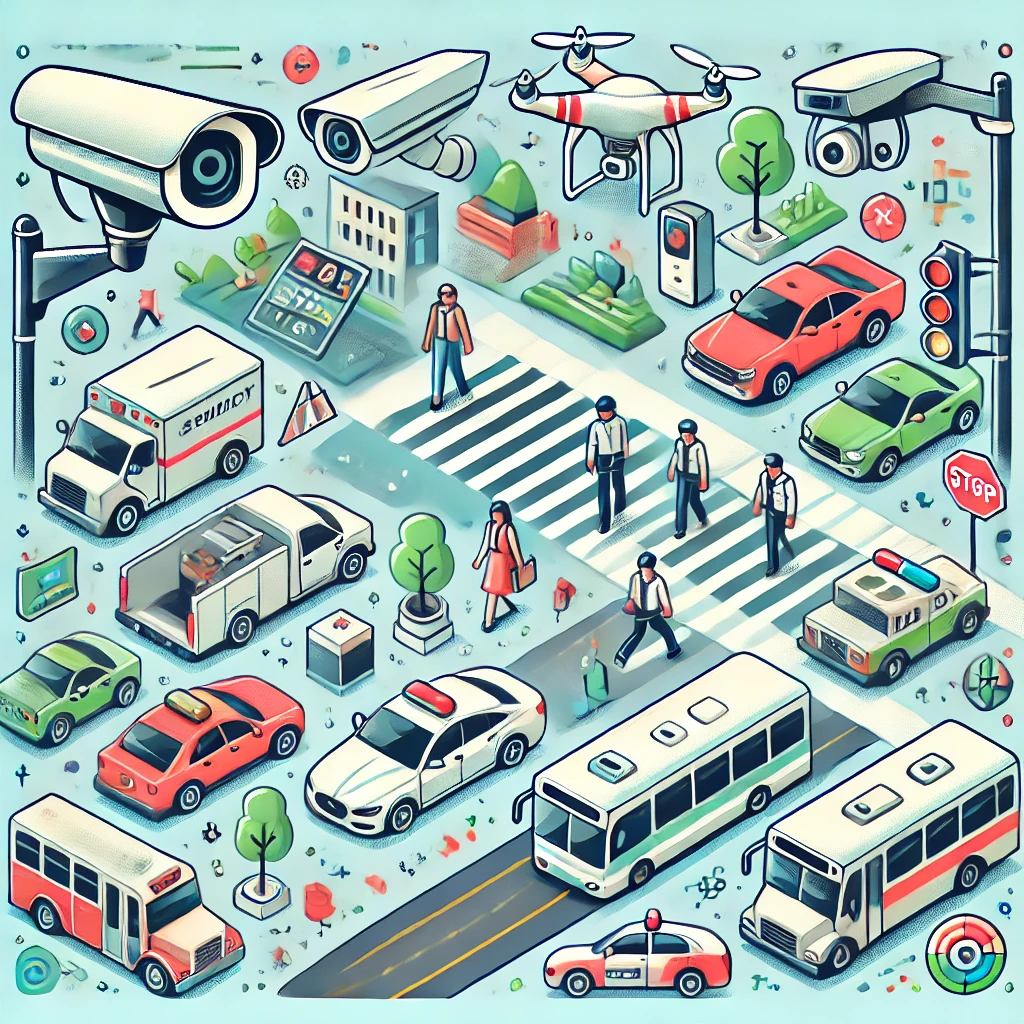
5 Ways Object Detection Enhances Public Safety
Ensuring public safety has become more challenging as cities grow and security threats evolve. AI-powered object detection is transforming surveillance by enabling real-time threat detection, automated crowd monitoring, enhanced traffic management, perimeter security and unattended object identification. These advancements help security teams respond faster, reduce human error and prevent incidents before they escalate.
This article explores five key ways object detection enhances public safety, from identifying suspicious objects in crowded spaces to improving traffic control and access management. As AI-driven security solutions become more accessible, organizations must decide whether to adopt ready-to-use AI APIs or invest in custom-built object detection systems.
With faster processing, predictive analytics and seamless integration, AI-powered object detection is shaping the future of public safety. Now is the time to explore how these technologies can strengthen security, improve efficiency and create safer environments for all.

10 AI Trends Transforming the Transportation Industry in 2025
Artificial intelligence is transforming the transportation industry, making mobility smarter, safer and more efficient. From self-driving freight trucks and AI-powered traffic control to predictive maintenance and real-time safety monitoring, AI is solving critical challenges like congestion, high operational costs, and road safety risks.
This blog explores 10 key AI trends shaping transportation in 2025, highlighting how computer vision, machine learning and predictive analytics are revolutionizing logistics, fleet management and urban mobility. As AI adoption accelerates, businesses that embrace innovation and invest in tailored AI solutions will gain a competitive edge, optimize costs and enhance service reliability.
The future of transportation is AI-driven, and now is the time for companies to assess their operations, identify opportunities and implement AI-powered solutions to stay ahead in this rapidly evolving landscape.
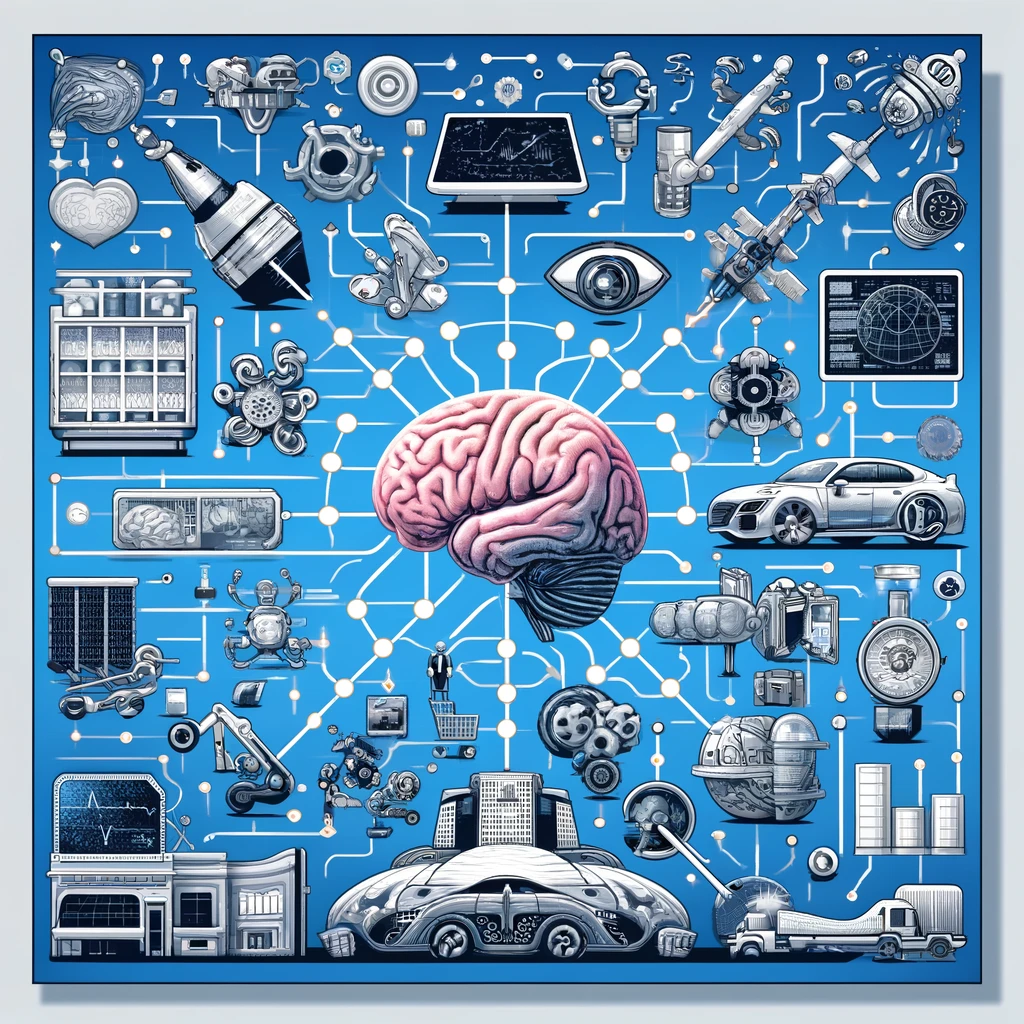
How Convolutional Neural Networks Transformed Industries Over the Past 10 Years
Over the last decade, Convolutional Neural Networks (CNNs) have revolutionized industries by transforming how businesses process visual data. From automating product recognition in retail to enhancing medical diagnostics in healthcare, CNNs have become the driving force behind modern image processing solutions. This blog post explores key breakthroughs in CNN technology, real-world applications across sectors and emerging trends like real-time edge processing and multimodal AI systems. As industries continue to evolve, adopting AI-powered image processing strategies is becoming essential for businesses to stay competitive, streamline operations and unlock new opportunities for growth.

Top 10 Use Cases for Cloud APIs in Image Processing: Trends for 2025
In 2025, cloud APIs are revolutionizing how businesses handle image processing, offering unparalleled scalability, real-time performance and cost-effectiveness. From automating document digitization and enhancing e-commerce visuals to protecting brand integrity and driving large-scale sustainability projects, these tools are transforming industries. This blog explores the top 10 trends shaping the future of image processing, showcasing how cloud APIs are unlocking new opportunities and addressing unique challenges. Discover how these innovative solutions can streamline workflows, improve efficiency and help your business stay ahead in a rapidly evolving digital landscape.
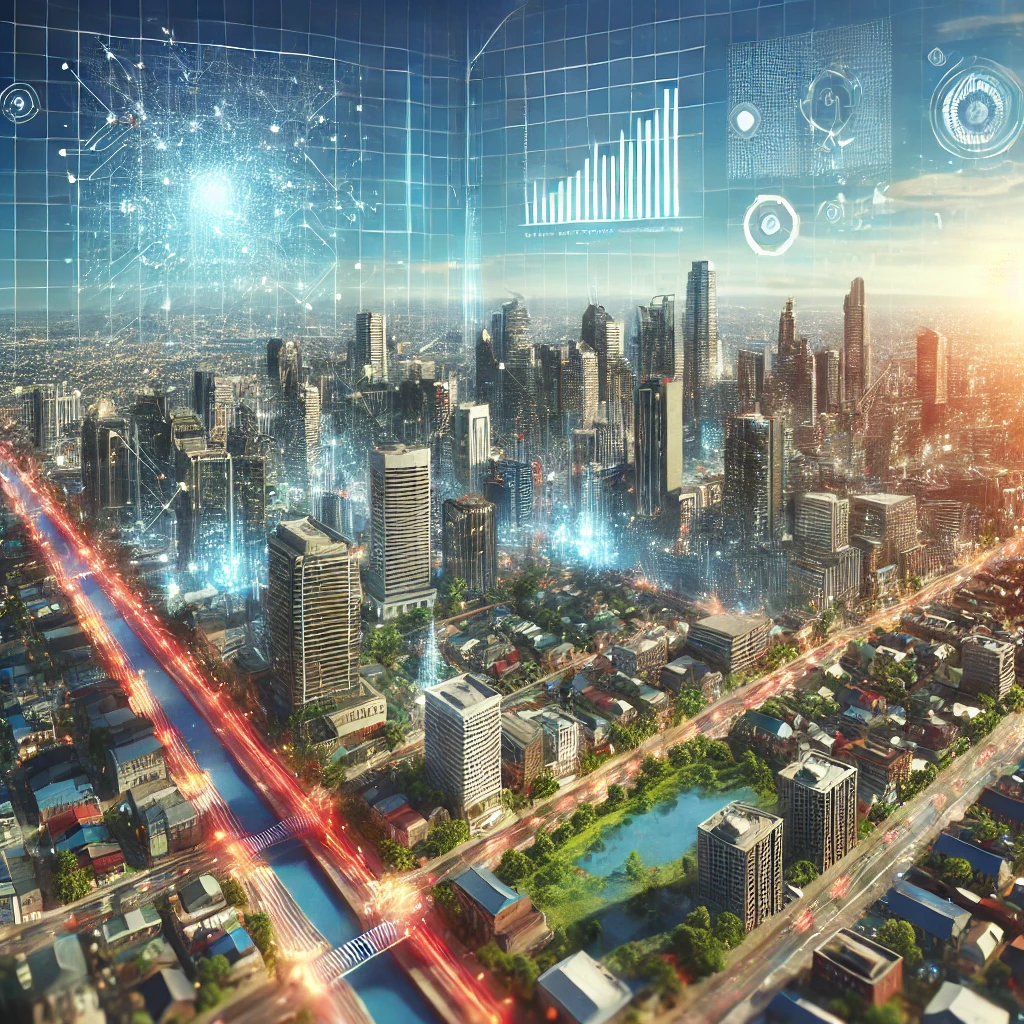
Satellite Imagery and Deep Learning for Smart City Insights
As cities grow at an unprecedented pace, the need for timely, data-driven insights has never been greater. Satellite imagery, combined with advanced deep learning techniques, is transforming how urban environments are understood and managed. From tracking land use and monitoring infrastructure to optimizing transportation and improving sustainability, these technologies empower cities to address challenges with precision and efficiency. With evolving machine learning methodologies and accessible AI-powered tools, such as customizable APIs, cities can now analyze vast amounts of data at scale. By embracing these innovations, urban planners and policymakers can build smarter, more inclusive and sustainable cities that are ready for the future.
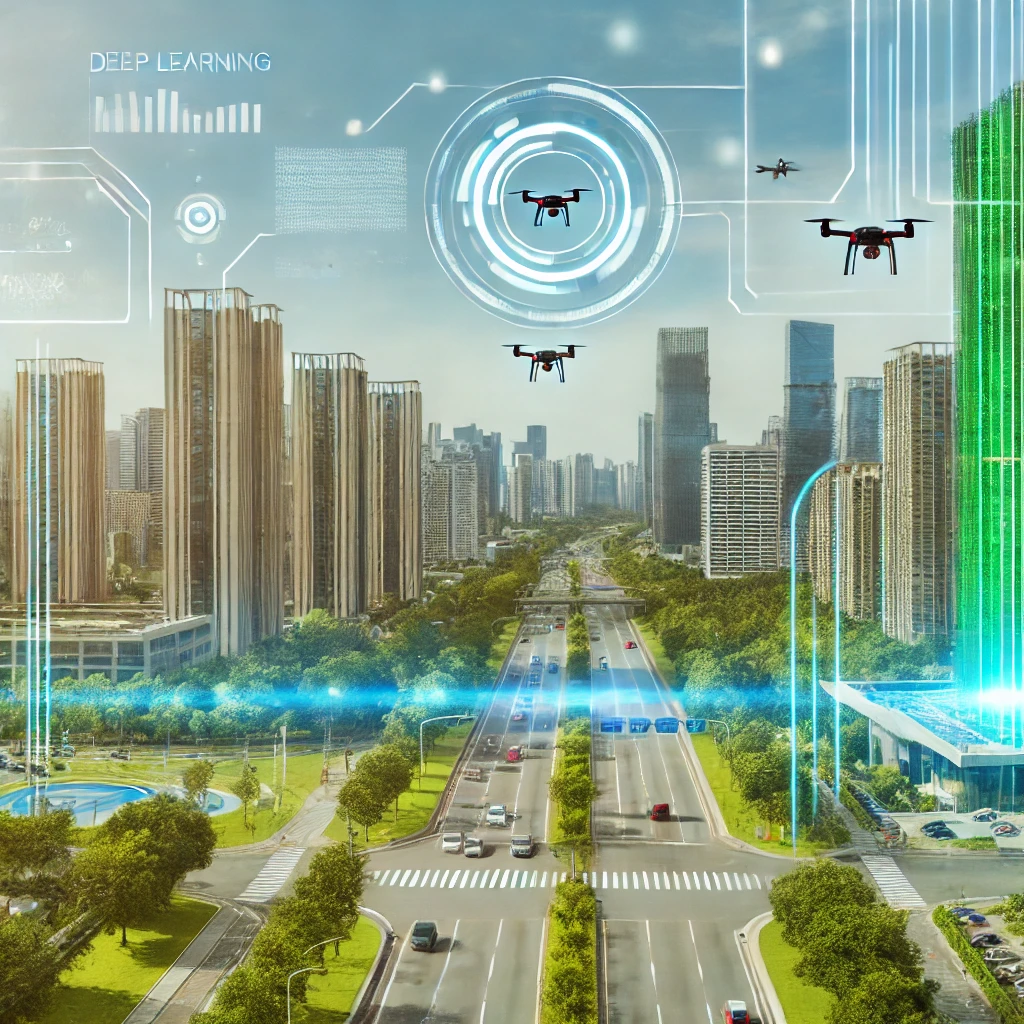
Deep Learning for Smart City Image Processing
Deep learning is transforming urban landscapes, powering smart city initiatives that improve efficiency, safety and sustainability. From real-time traffic management to advanced public safety systems, image processing technologies are enabling cities to make smarter, data-driven decisions. By combining ready-to-use AI APIs with tailored solutions, urban planners and developers can address unique challenges and scale innovations to meet growing demands. This blog explores how deep learning empowers smart cities, the challenges it faces, and the responsible deployment practices that ensure a brighter, more connected urban future.

Using AI for Online Object Detection in Public Safety Monitoring
AI-powered object detection is revolutionizing public safety monitoring, offering real-time insights, enhanced accuracy and scalability to address modern security challenges. From detecting suspicious behaviors to improving emergency response and crowd control, this transformative technology empowers smarter, safer urban environments. However, its adoption requires balancing innovation with ethical considerations like privacy, bias mitigation and transparency. By embracing responsible practices and fostering collaboration among stakeholders, AI has the potential to redefine how we protect communities and create a safer future for all.

Smart Cities and AI-Powered Image Processing: Enhancing Public Safety and Efficiency
As urban areas evolve into smart cities, AI-powered image processing is playing a critical role in enhancing public safety and operational efficiency. From real-time surveillance to predictive traffic management and infrastructure maintenance, AI-driven solutions are transforming the way cities operate. By leveraging advanced technologies like 5G, edge computing, and AI APIs, city planners and policymakers can build smarter, safer environments that benefit residents and businesses alike. In this blog, we explore the key applications of AI-powered image processing in smart cities and the future trends driving innovation in urban management.
